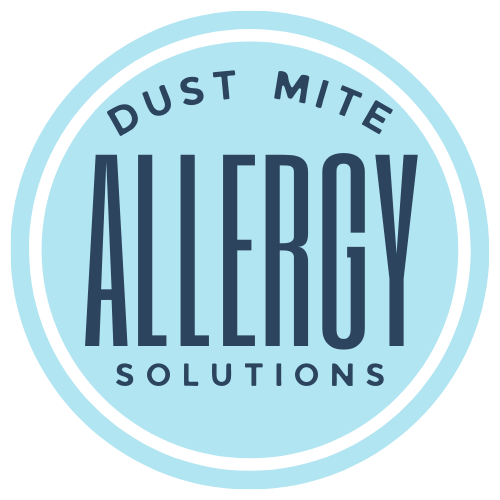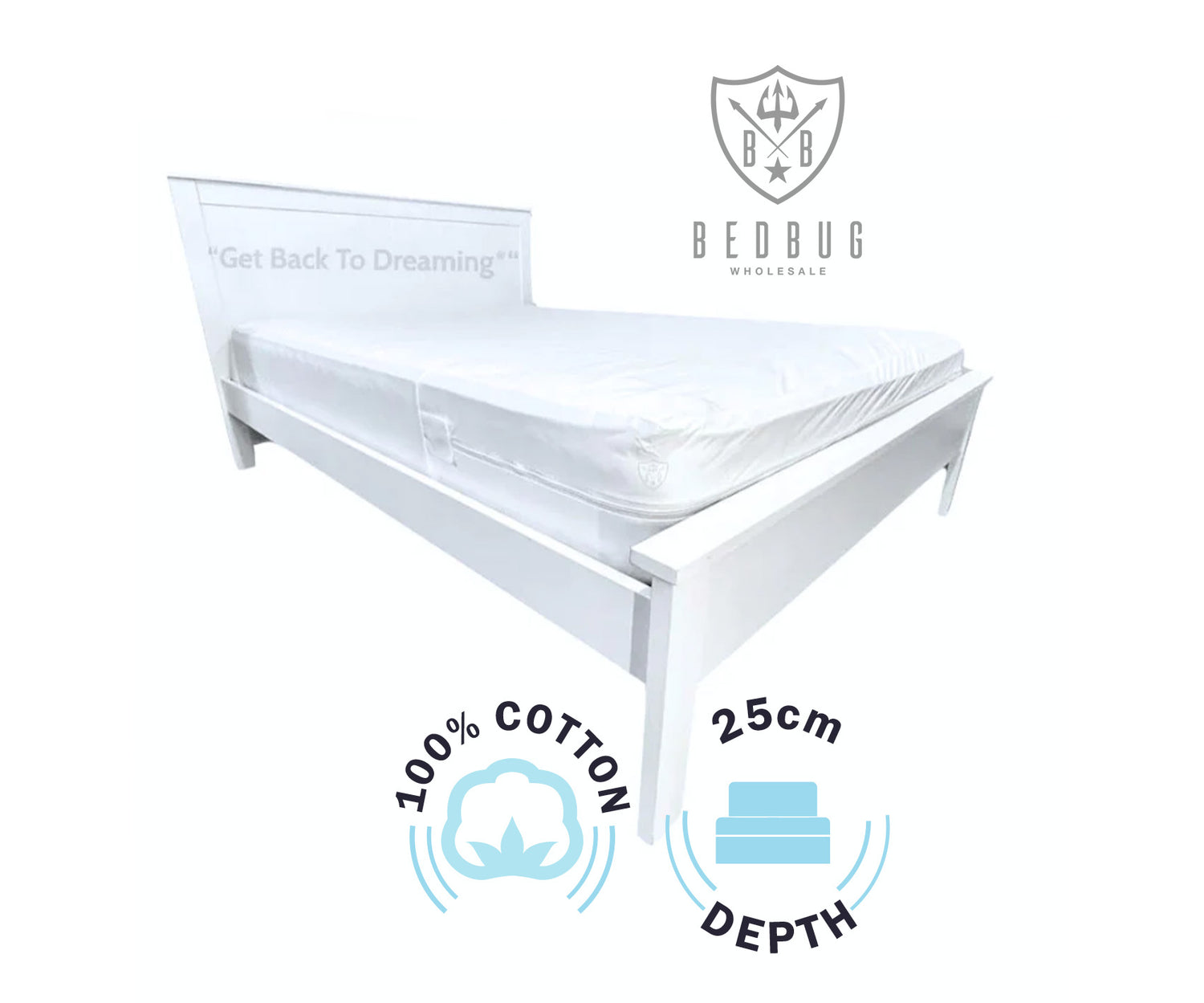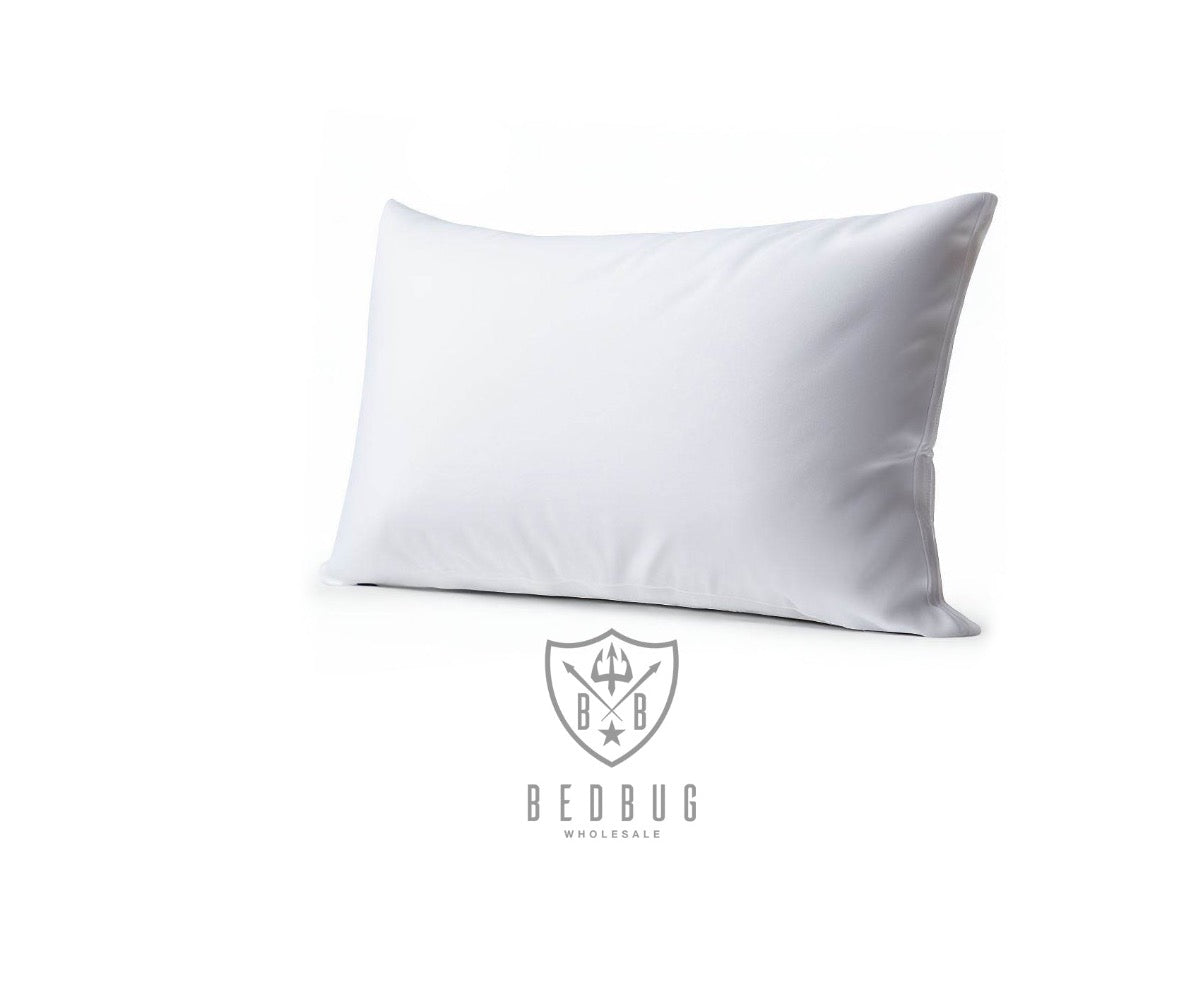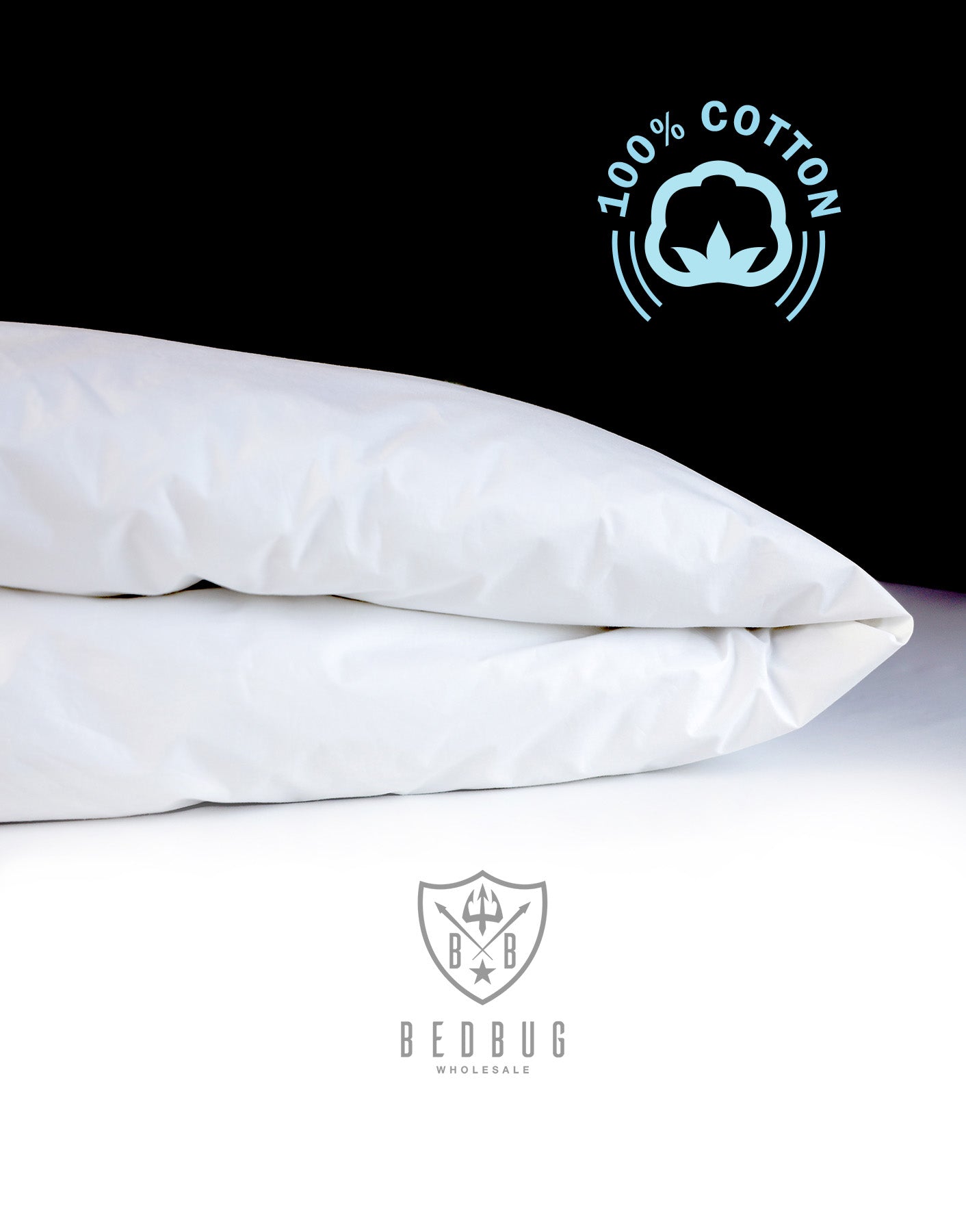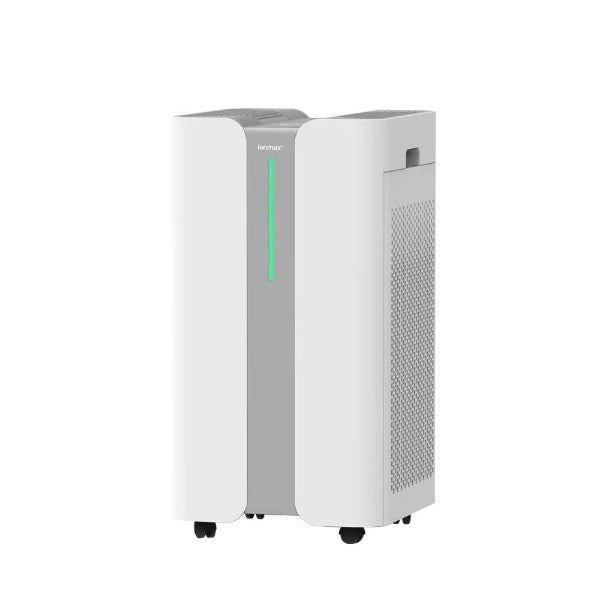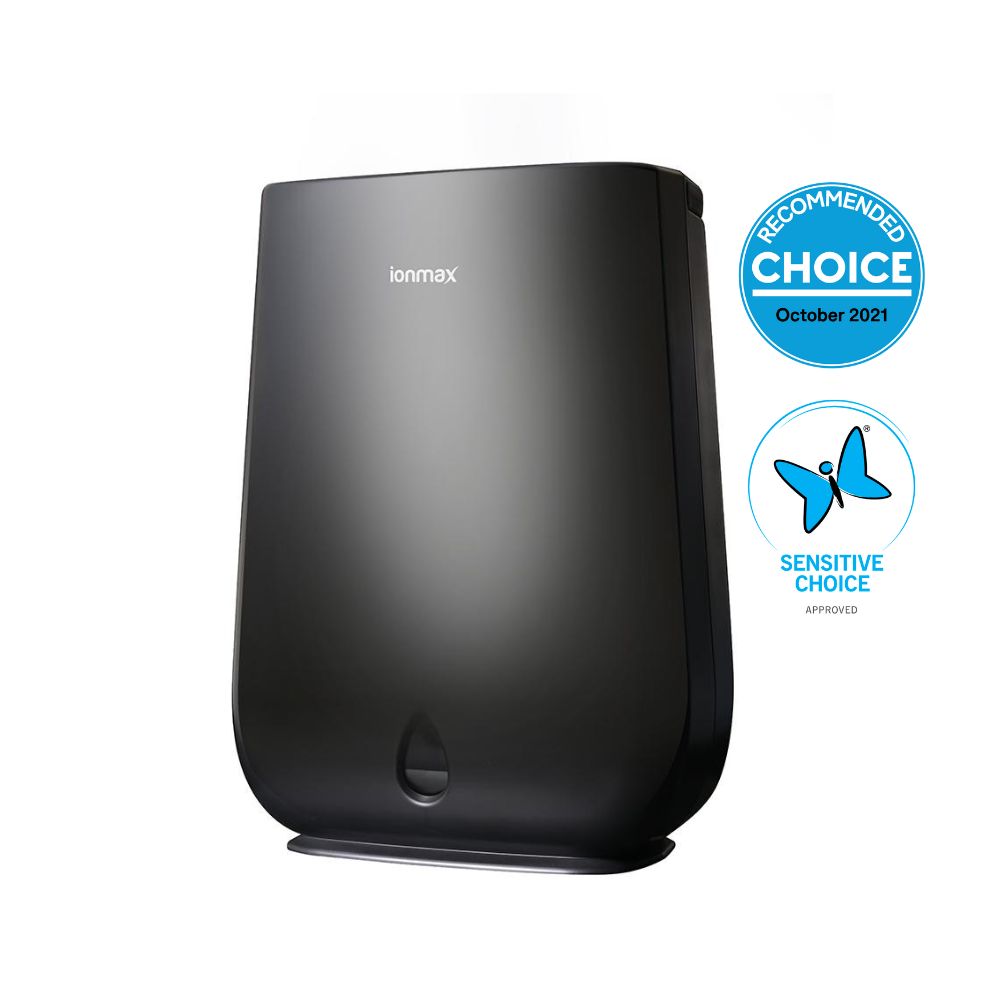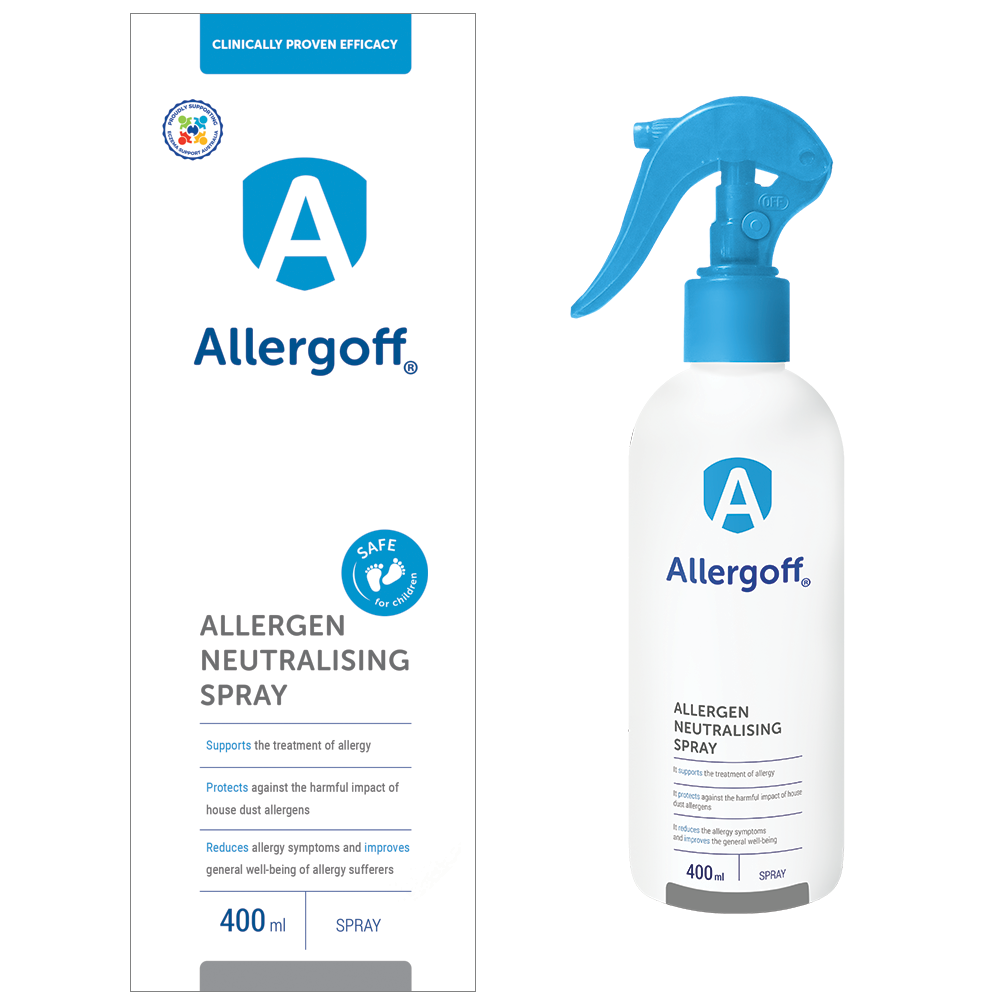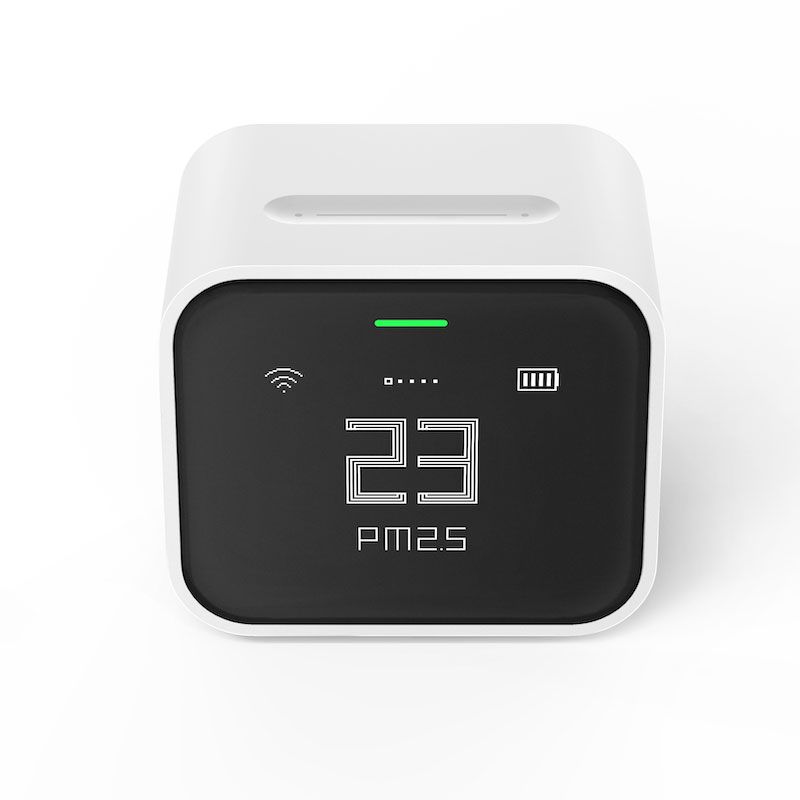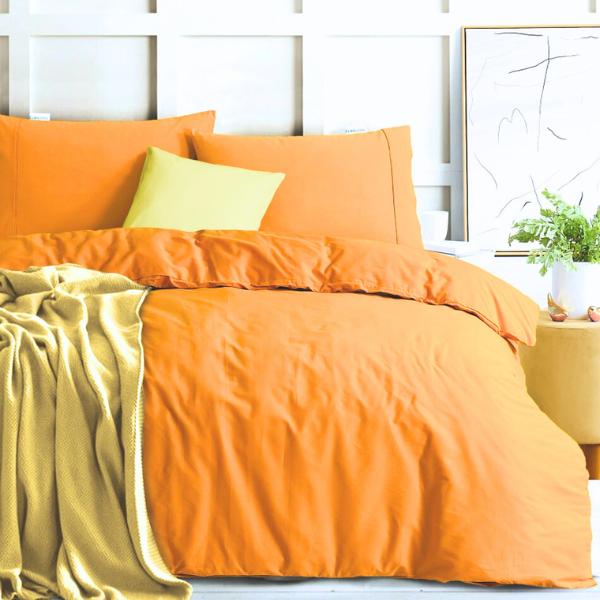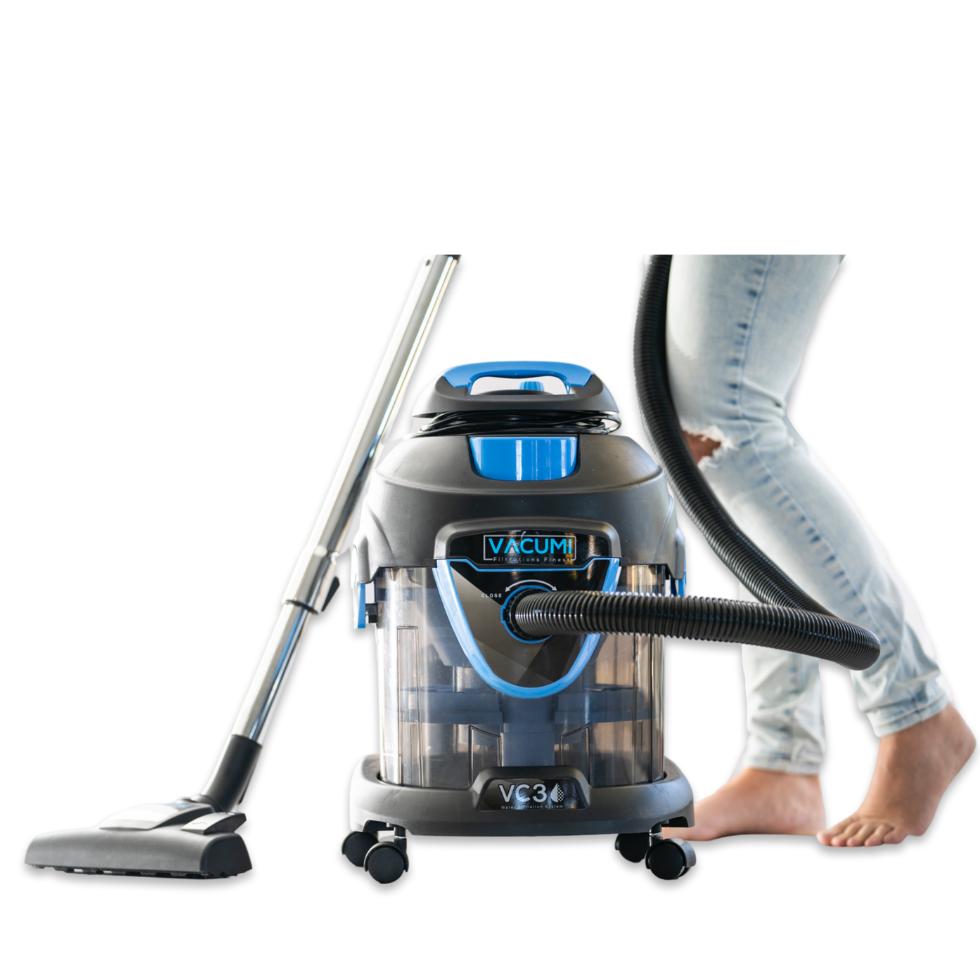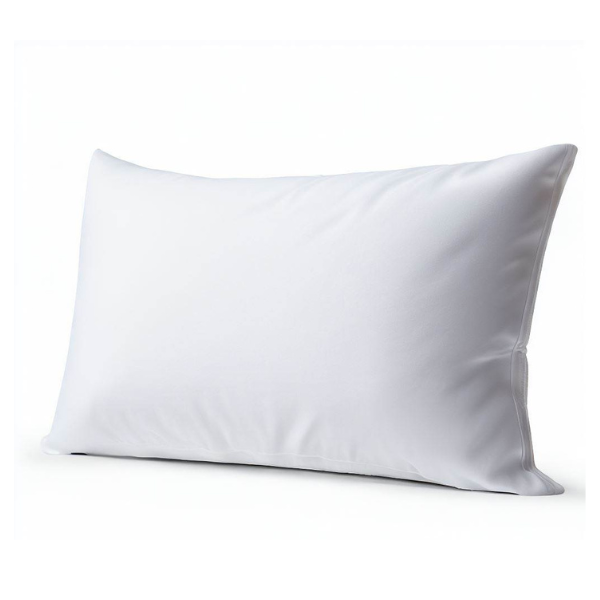Every night, we lose thousands of skin cells. These cells don't just disappear; they accumulate in our bedding, especially in our pillows.
Research from Ohio State University has shown that our beds can be teeming with dust mites.
The same study found that a typical used pillow can have between 100,000 to 10 million dust mites in it.
It also found that up to 10% of a pillow's weight that's been used for two years can consist of dead dust mites and their fecal matter.
This relationship between our skin flakes and pillow materials creates a perfect breeding ground for dust mites.
-
Are dust mites in pillows?,
- How do you know if you have dust mites in the pillow?
- Do dust mite covers work?
- Is it ok to sleep with dust mites in your pillow?
- What kinds of pillows do dust mites live in?
- What kills dust mites in pillows?
- How to protect pillows from dust mites?
- Will the dryer kill dust mites in pillows?
- What pillow cases are best for dust mite allergies?
- What is the best pillow case fabric for dust mite allergies?
- Where to buy dust mite pillow covers in Australia?
Are dust mites in pillows?
Yes, there can be dust mites in most pillows. In fact, pillows are like luxury hotels for dust mites. They provide everything dust mites need: warmth from our bodies, moisture from our breath and sweat, and food.
Dust mites feed on the dead skin cells we shed every night. Dust mite droppings, which we can inhale while sleeping, can trigger allergic reactions and worsen respiratory conditions in people who are allergic to mites.
Further reading: Mites in bed
How do you know if you have dust mites in the pillow?
A good indication that you might have dust mites in your pillows is if you find yourself experiencing a spike in allergy symptoms such as sneezing, a runny nose, itchy eyes, or asthma flare-ups particularly when in bed or right after waking up, it's a strong indicator that dust mites might be in your bedding.
However, unlike pests that leave visible evidence of their existence, dust mites do not leave any noticeable signs on your bedding, making it harder to detect them.
Do dust mite covers work?
High-quality dust mite covers can be effective when they're well-made. Look for dust mite pillow covers that are made of fabric woven so tightly that dust mites can't get through and that have a zipper to keep your pillow encased.
Is it ok to sleep with dust mites in your pillow?
Having dust mites in your pillow is quite typical as they thrive in most households, particularly where warmth and humidity are present. Dust mites are a problem for people allergic to them.
What kinds of pillows do dust mites live in?
Any pillow that can hold moisture can have dust mites living in them, including pillows made from natural materials like feather, down, cotton, and wool.
What kills dust mites in pillows?
Killing dust mites in pillows effectively involves a combination of cleaning methods and environmental control.
- Washing in Hot Water: Wash your pillows and pillowcases in hot water, ideally at a temperature of at least 55°C (130°F), as this can kill dust mites. Ensure your pillow material is washable in hot water to avoid damage.
- Dry in High Heat: After washing, dry your pillows in a hot dryer for at least 15 minutes. The high heat further helps eliminate any remaining dust mites.
- Use Dust Mite-Proof Covers: Encase your pillows in dust mite-proof covers made of tightly woven fabric. These covers prevent dust mites from feeding on the pillow's contents.
- Freezing: For pillows that cannot be washed, placing them in a plastic bag and freezing them for 24 hours can kill dust mites. However, this doesn't remove the allergens they produce, so vacuum or air out the pillow after freezing.
- Sunlight Exposure: Regularly airing out your pillows in direct sunlight can help reduce moisture content, making the environment less hospitable for dust mites. However, this method alone may not be sufficient to kill all dust mites.
- Dehumidifiers: Dust mites thrive in high humidity. Using a dehumidifier to maintain relative humidity below 50% in your bedroom can help make the environment less attractive to dust mites.
- Steam Cleaning: Steam cleaning pillows can kill dust mites using high-temperature steam. Be sure to allow the pillow to dry completely to prevent mold growth.
Further reading: How can I kill dust mites
The Ultimate Guide to Dust Mite Duvet Covers in Australia
How to protect pillows from dust mites?
- Use allergen-proof pillow covers.
- Wash pillows and cases in hot water regularly.
- Keep bedroom humidity low.
- Replace pillows every 1-2 years.
- Vacuum bedroom and mattress frequently.
Further reading: How to get rid of dust mites in a mattress
Will the dryer kill dust mites in pillows?
Using a dryer can kill dust mites in pillows if it is high enough temperature (55°C). Drying pillows on a hot cycle for at least 15 minutes can effectively eliminate dust mites. This method is useful for pillows that cannot be washed in hot water.
What pillow cases are best for dust mite allergies?
Best pillowcases for dust mite allergies are tightly woven, allergen-proof options that block dust mites from getting through. These specially made cases, often labeled as hypoallergenic or dust mite-proof, act as a barrier against allergens. A quality choice will include a zipper for complete protection.
Where to buy dust mite pillow covers in Australia?
Dust Mite Allergy Solutions, an ecommerce store in Australia, sells a variety of sizes and shapes of pillow covers for dust mites in waterproof and 100% cotton options.
